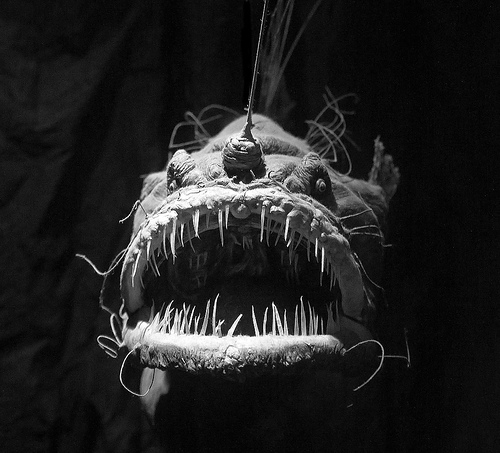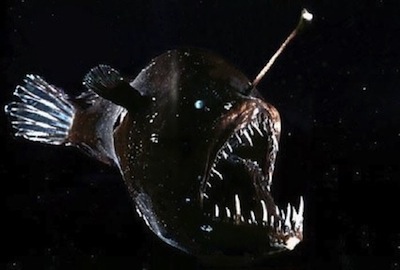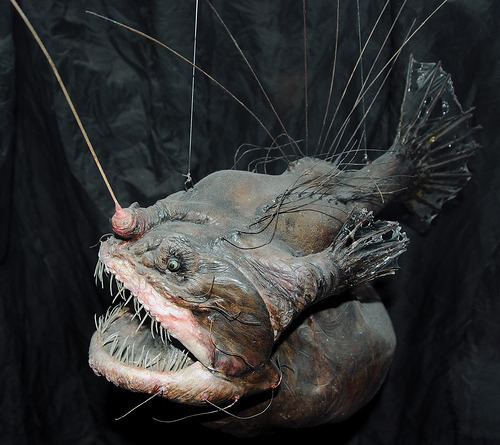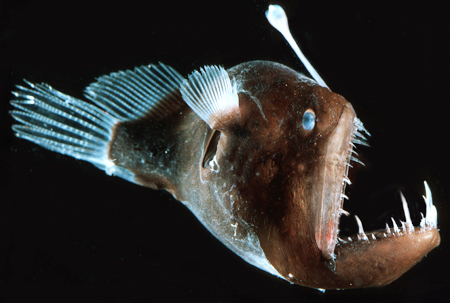| Animals World |
|
|
Deep-sea animals
Early in the nineteenth century, an English naturalist, Edward Forbes, theorized that there was an azoic or lifeless environment in the ocean deeper than about two thousand feet. However, as technology advanced, broken submarine cables recovered from depths greater than five thousand feet were found to be teeming with living organisms, many of which were new to science. In the 1950's and later, collections from deep-water zones, made both with collecting devices and through explorations by scientists aboard submersibles, revealed fishes, snails, and other animals in the deepest part of the world ocean, the Mariana Trench in the southwest Pacific Ocean. This trench, at 6.8 miles deep, with crushing pressure, near-freezing temperature, and complete absence of light, supports life. |
Look also: Most Popular AnimalsPrincipal Terms
bioluminescence: production of visible
light by living organisms |
|
Copyright 2016 |
|



